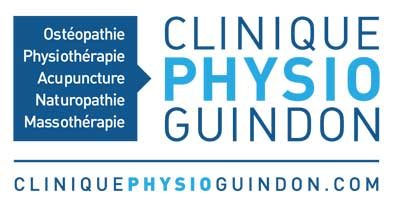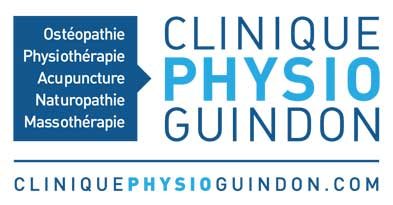Warning: Undefined array key "icon" in /home3/clinique/public_html/wp-content/plugins/elementor/includes/widgets/icon-box.php on line 695
Warning: Undefined array key "icon" in /home3/clinique/public_html/wp-content/plugins/elementor/includes/widgets/icon-box.php on line 708
Warning: Undefined array key "icon" in /home3/clinique/public_html/wp-content/plugins/elementor/includes/widgets/icon-box.php on line 695
Warning: Undefined array key "icon" in /home3/clinique/public_html/wp-content/plugins/elementor/includes/widgets/icon-box.php on line 708
Health problems :
Knee pain
What is patellofemoral syndrome?
This syndrome affects adolescents, young adults and athletes
"The physiotherapist is able to help restore the situation by identifying the behavioural sources of the problem"
Patellofemoral syndrome can occur when the knee joint is overused or when there is a misalignment between the patella and the femur, causing irritation of the knee cartilage. This is the most common disorder seen in athletes.
Indeed, the syndrome can be triggered by the sudden intensification of an activity that uses the knee, such as cycling or running, or by the short rest time between sessions. A person who uses stairs excessively, for example, or stays in the same position for long periods of time, either sitting or kneeling, is also prone to developing this syndrome.
In adolescents and young adults, it is often growth that causes this problem. In fact, as the femur lengthens, it drags along the muscles that surround it, i.e. the quadriceps at the front and the hamstrings at the back. If the posterior and anterior muscles of the thigh do not adapt at the same speed, an imbalance will result which will disturb the alignment of the patella.
The physiotherapist is able to help restore the situation by identifying the behavioural sources of the problem and analyzing its physical causes in order to treat them. Indeed, a global analysis of the body is able to evaluate the influence on the knee of a panoply of factors, such as the lack of flexibility afflicting the ligaments holding the patella, the orientation of the feet too internal or too external and the curvature of their arch, the weakness of the rotator muscles of the hips, the width of the hips, as well as the approach of the knees. The therapist holds the keys to an effective recovery!
“Instead, they suggest that education on the appropriate quantification of mechanical stress based on symptom level represents the core of the treatment plan.”
- Exercises are recommended to reduce pain in the short, medium and long term and to improve function in the medium and long term
- Combining gluteal and quadriceps exercises would provide greater effects than exercises targeting only the quadriceps
- Combined interventions are recommended to reduce pain and improve function (e.g. education, exercise, taping)
- Foot orthotics may reduce pain, but only in the short term
- Manual therapy is not recommended (patellofemoral, tibiofemoral and lumbar mobilizations)
- Electro physical agents are not recommended (ultrasound, currents, laser, etc.)
Source:
Physio-Québec, Fall / Winter 2016 volume 43, number 2
"The physiotherapist is able to help restore the situation by identifying the behavioural sources of the problem"

Contact us
for more information
Our physiotherapy clinic has a team of dedicated professionals. Our approach allows us to put everyone’s knowledge at the service of the best treatment solution.

